Track Essential Warehouse KPIs
As a warehouse manager, you’re probably aware of how vital it is to measure your warehouse’s performance.
There are several different ways to measure warehouse performance, but one of the most popular methods is to develop warehouse management KPIs.
There are dozen valuable Key Performance Indicators to consider, but for best efficiency, we’ve selected the most essential Inventory KPIs
Get Optimal Performance for your eCommerce
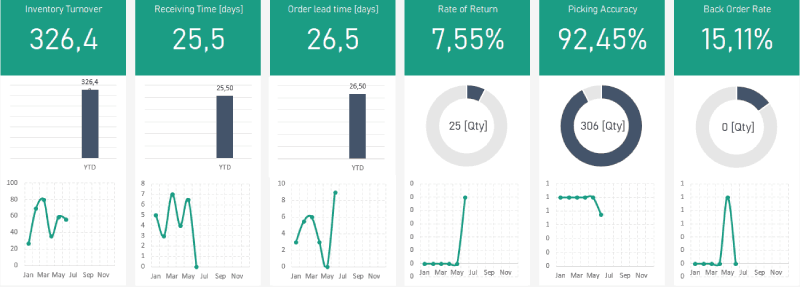
Tracking warehouse KPIs lets you monitor the efficiency of warehouse processes and take corrective measures to increase productivity and asset utilization. The result is continuous operational improvement and increased customer satisfaction.
Warehouse Inventory KPI List to minimize costs:
1. Inventory Turnover
The inventory turnover KPI quantifies how many times per year your distribution is able to go through its entire inventory. A higher value indicates stronger sales and a lower value indicates weaker sales. To calculate Inventory Turnover you need to know the cost of goods sold and the average inventory.
2. Receiving Time
The time is taken to process each receipt. If your warehouse currently has a long receiving cycle time, you may want to consider decreasing the number of deliveries or rescheduling them so that your receiving area has more time to process each incoming delivery.
3. Order Lead Time
The average time is taken by an order to reach the customer once the order has been placed. Order lead time not only has a direct effect on customer satisfaction, but it also affects the amount of inventory a warehouse needs to carry at any point in time.
4. Rate of Return
Rate of return is an incredibly useful KPI in a distribution center, especially when segmented by cause for return. Identifying causes for return makes it easier for warehouse managers to address underlying issues and make the necessary improvements.
5. Picking Accuracy
This KPI tells you how accurately items are being picked from your warehouse for customer orders. An inaccurate order can result in inventory being returned to shelves, increased shipping time per average order, a higher rate of return, and so on. This is also considered to be an eCommerce KPI.
6. Back Order Rate
Backorder rates compare the number of backorders you have placed to your total orders. A high backorder rate indicates that you need to work on your forecasting, planning, and inventory tracking.
Economic Order Quantity – How it can automate my work?
Economic order quantity (EOQ) is the ideal order quantity a company should purchase to minimize inventory costs such as holding costs, shortage costs, and order costs. Inventory spreadsheet helps you to set Economic Order Quantity. However, you’re able to set a custom to min. reorder amount.
Do your work is based on tasks or projects? Check our Excel CRM Pro – still on huge discount!
Compatible with:
Excel 2013, 2016, 2019, 365

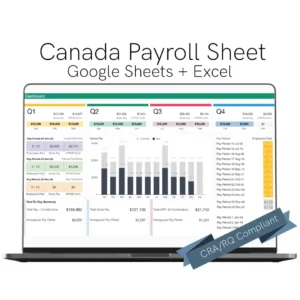

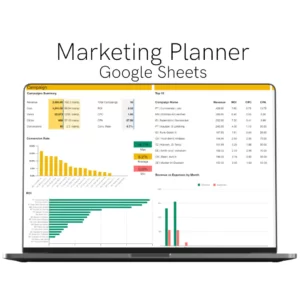




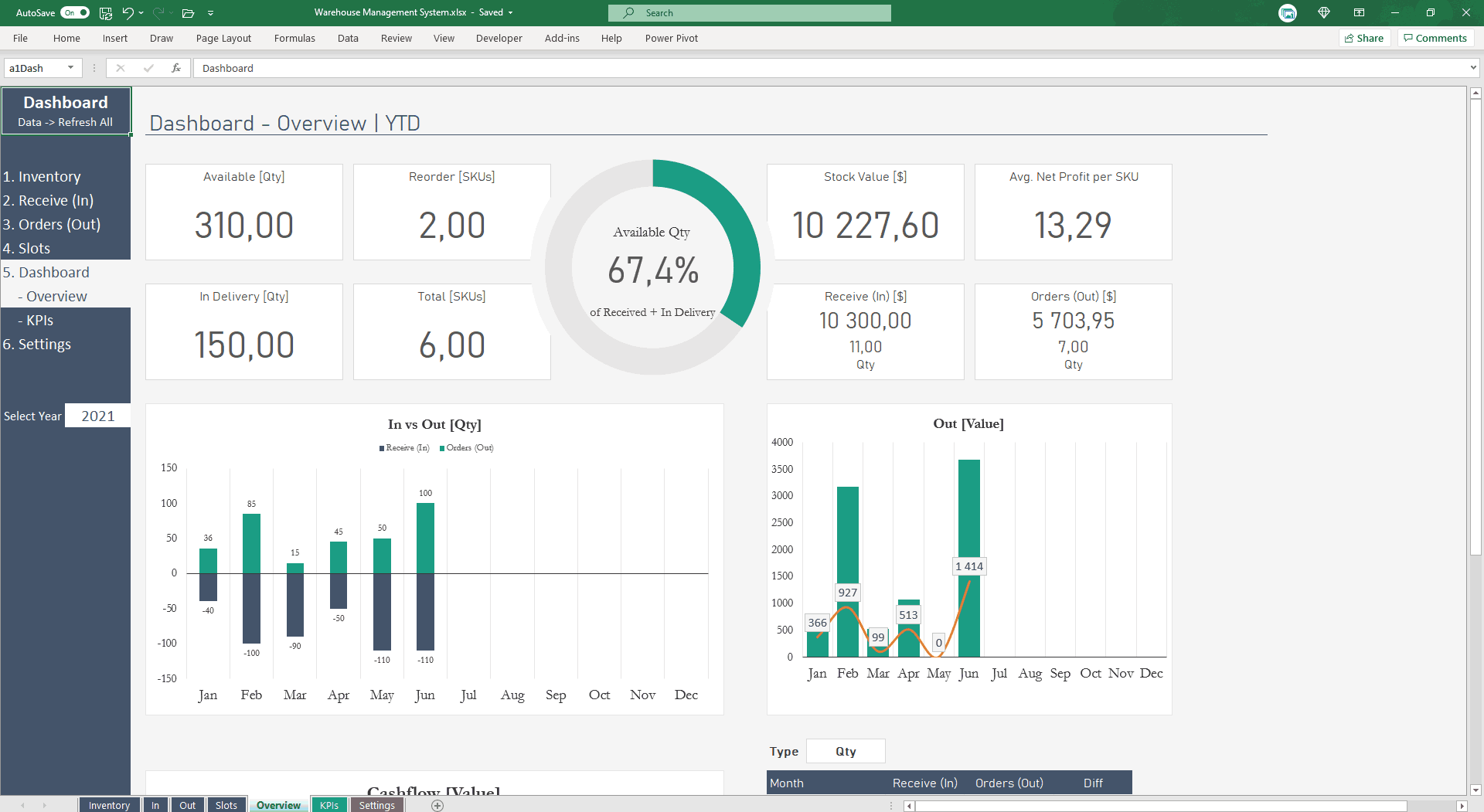
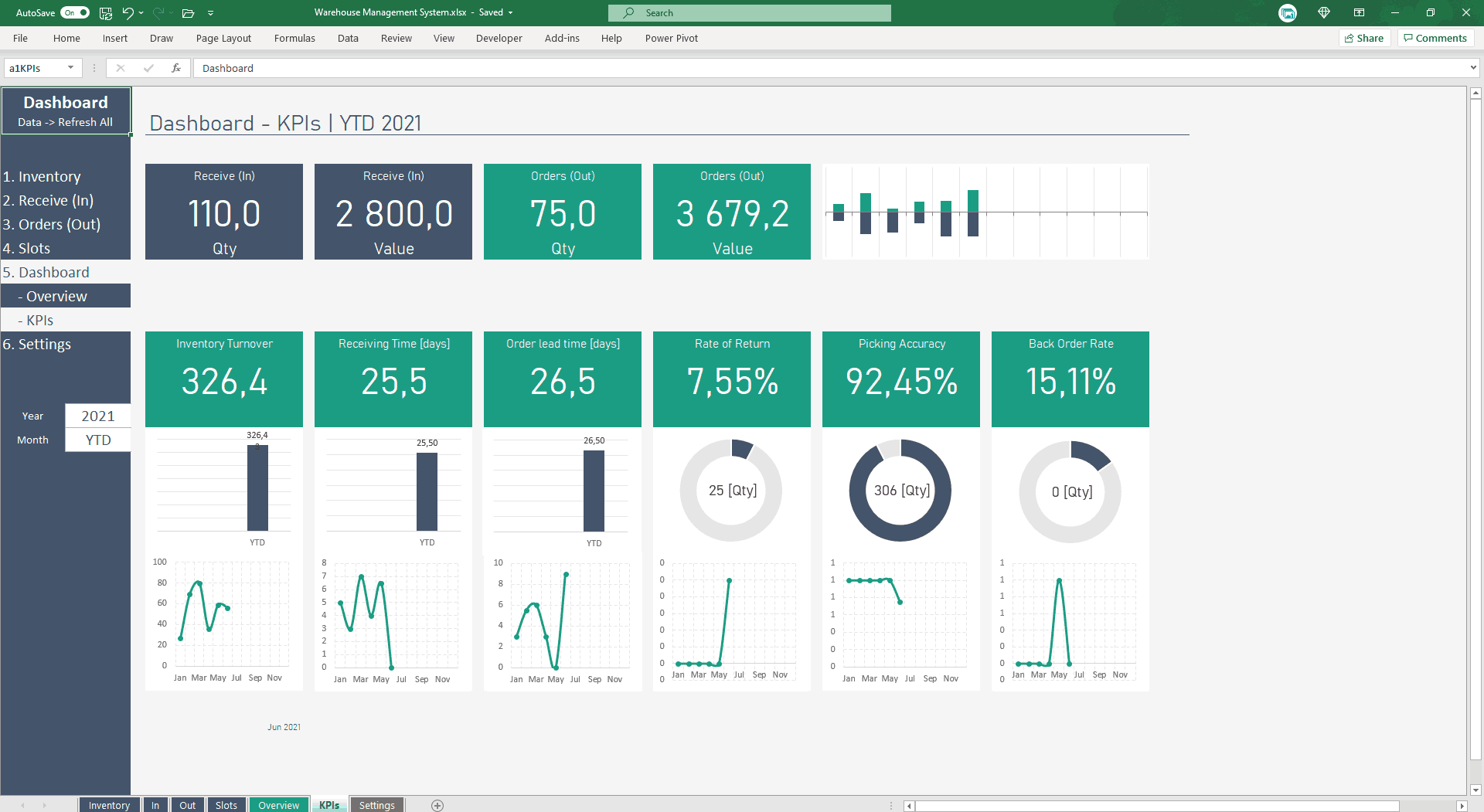
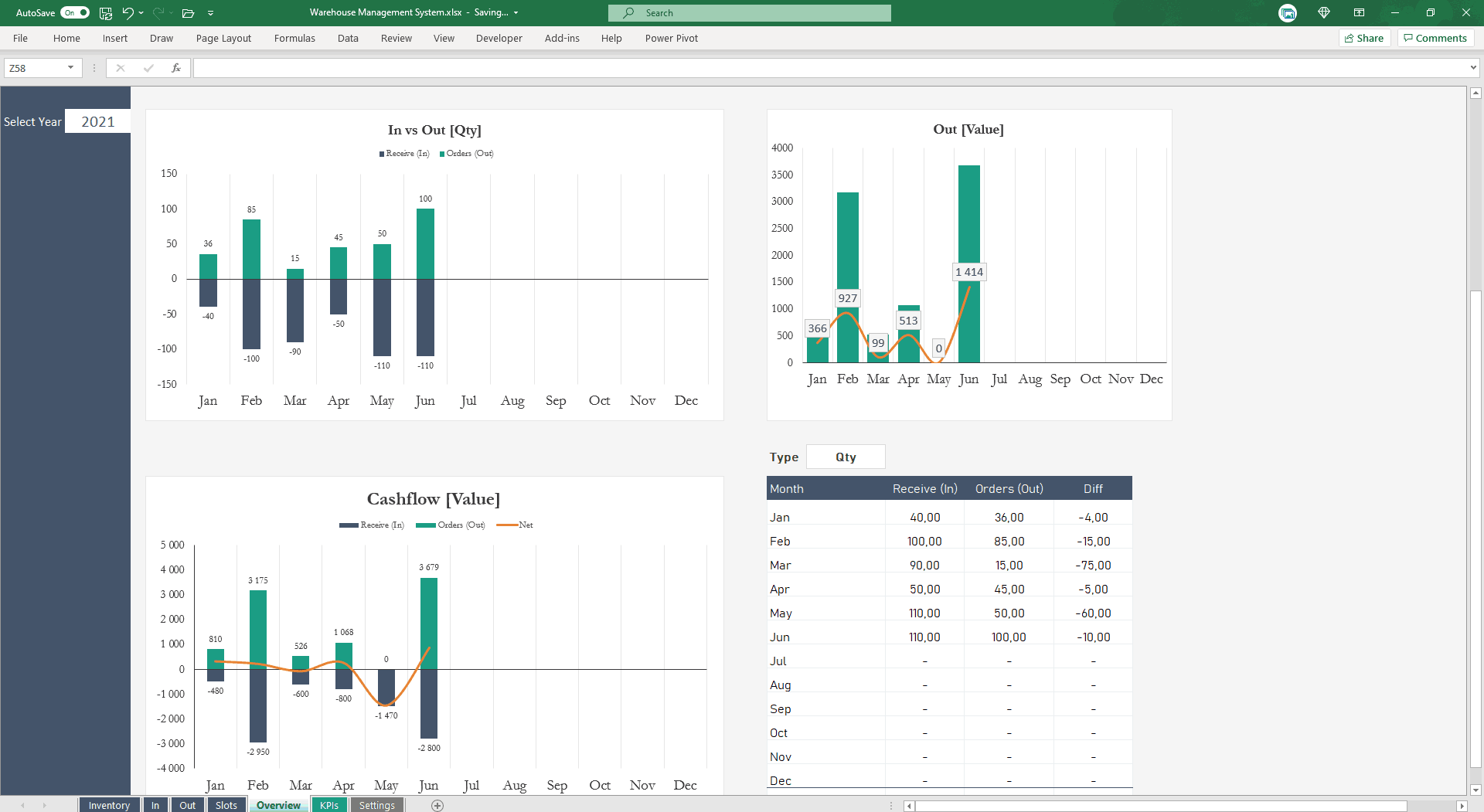

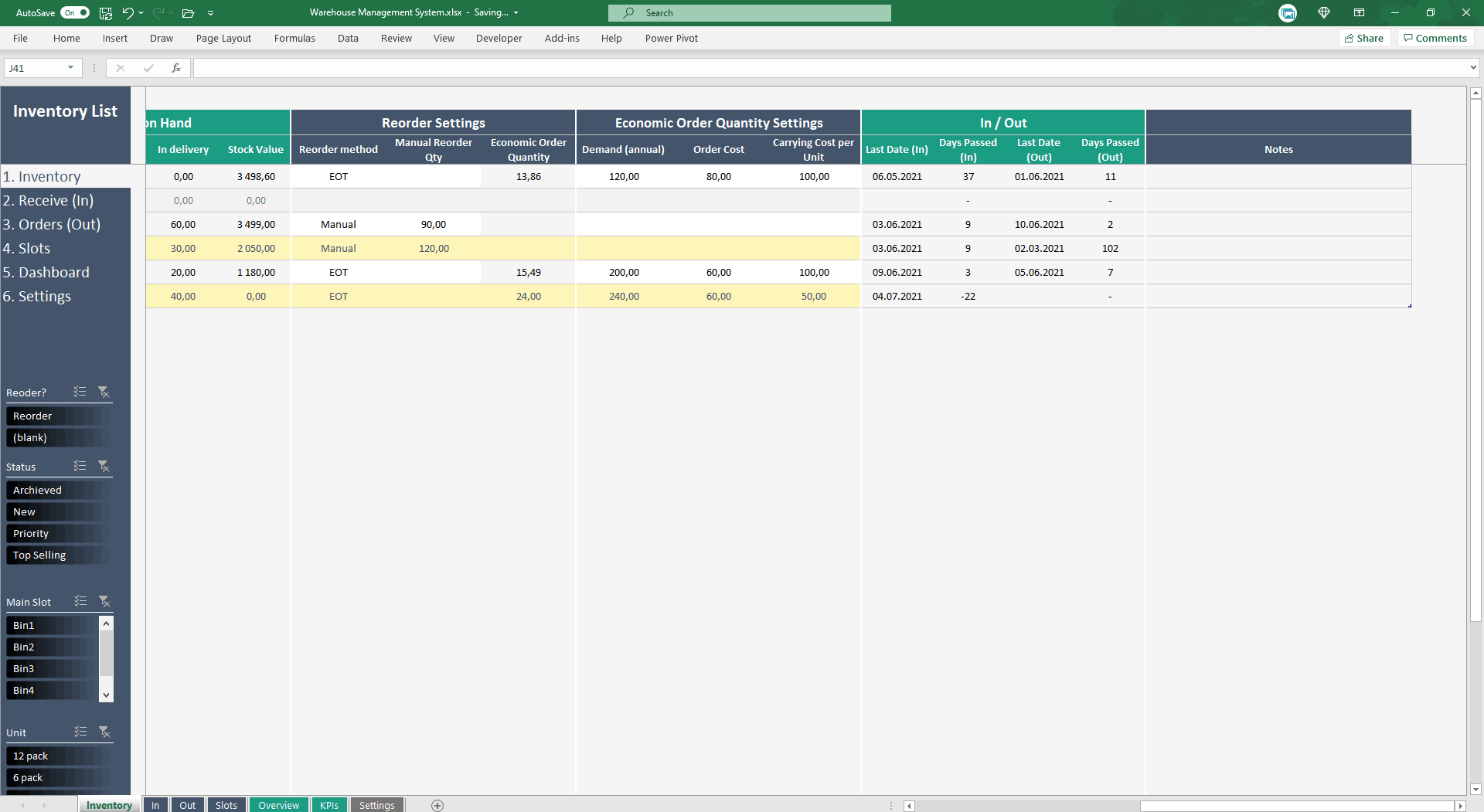
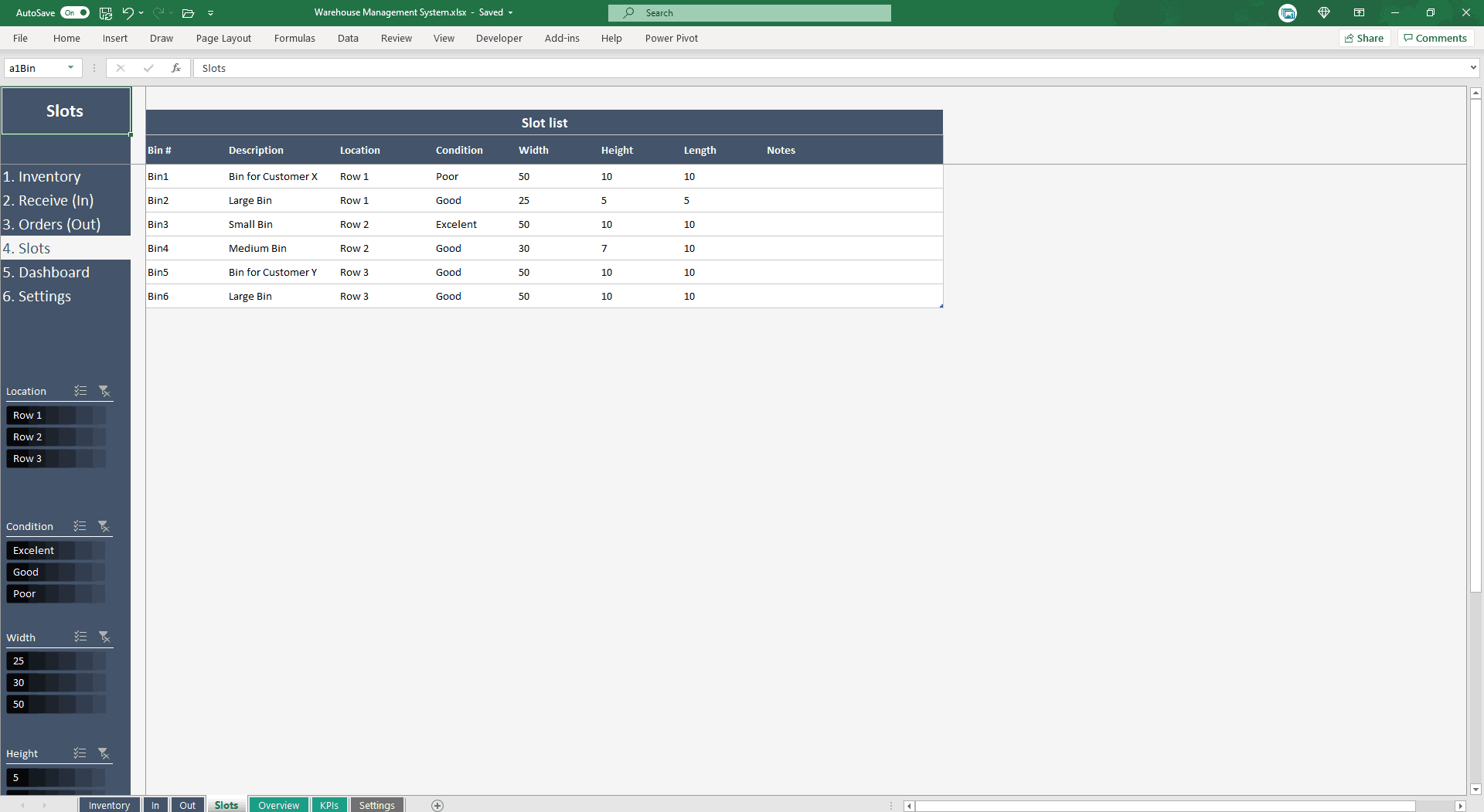
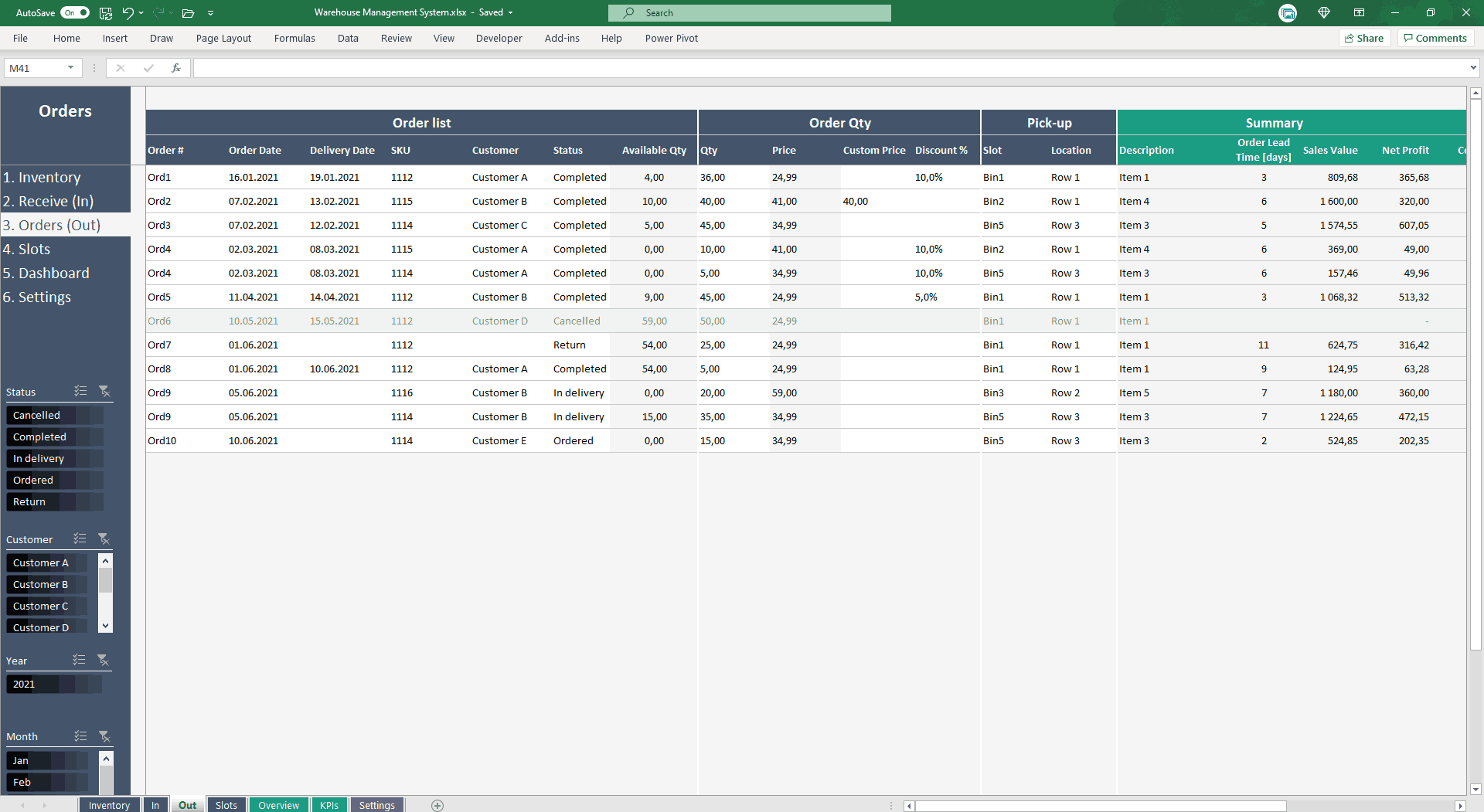
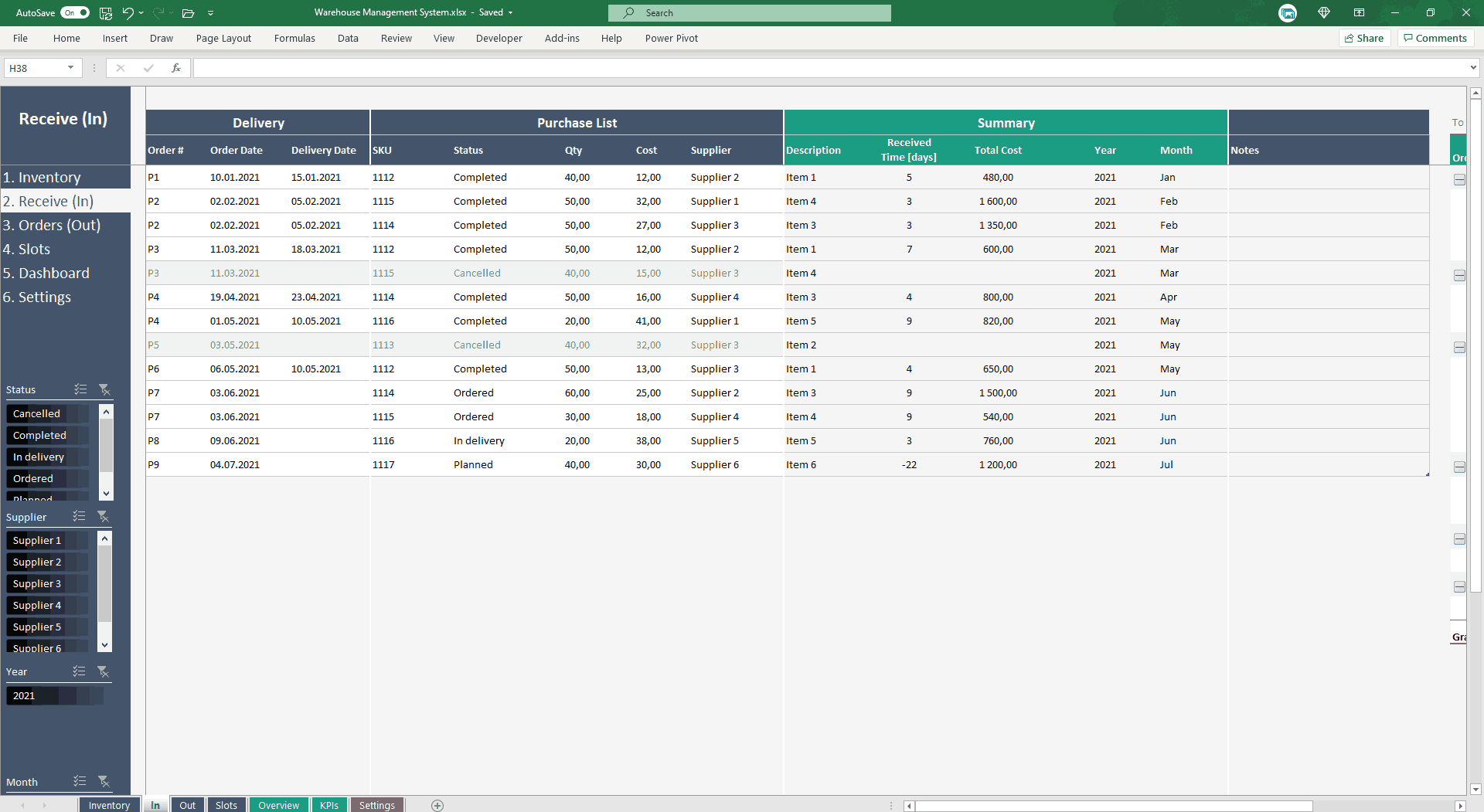


Craig81 –
highly recommend, great spreadsheet